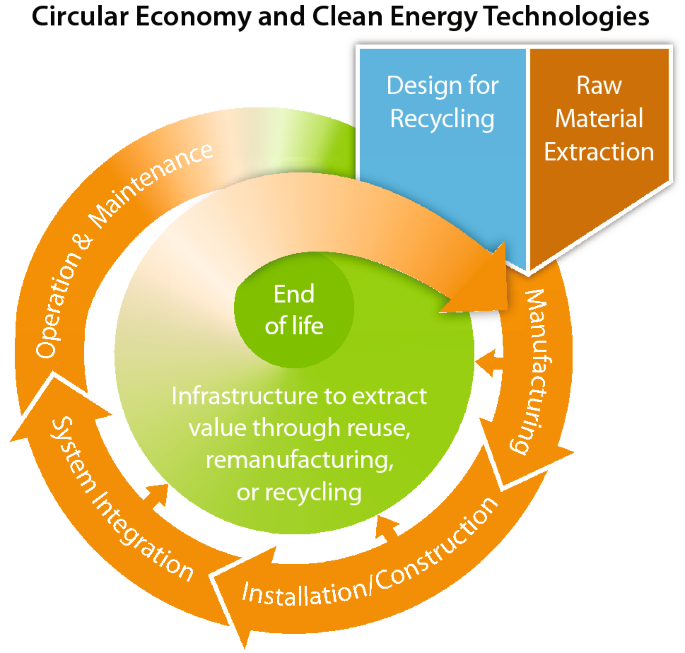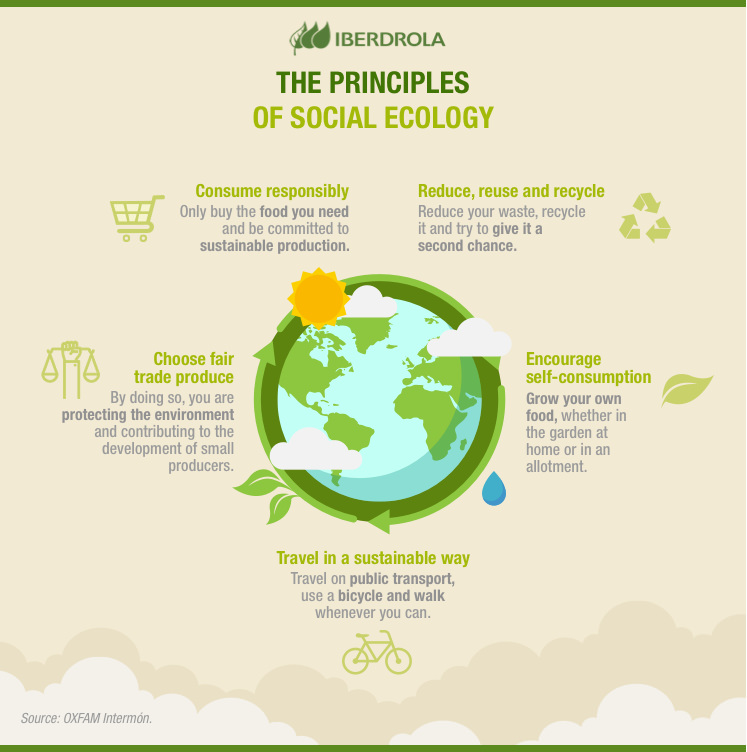49 Designing for recycling helps facilitate. Te changes to this answer.

Frame 11 Design Products And Collections Made Using Waste And Recycled Materials
One way to increase reliability is to.

. Reduced legal liability B. Designing for recycling helps facilitate. None of these C.
Designing for recycling helps facilitate. Increased product reliability D. View the step-by-step solution to.
We boil down the complicated packaging specifications into as few words and actions as possible while still encouraging best recycling practices says Lauren Rowell project manager at How2Recycle. Designing for recycling helps facilitate _____. Compliance with regulatory environments Regulatory environments are increasingly focused on encouraging recycling.
Design for recycling DfR will result in better environmental performance and will lower or bring back to zero costs for producers. Theoretical - Total Quality Management 1 Designing for recycling helps facilitate--- A. Compliance with regulatory environments C.
Reduced legal liability BCompliance with regulatory environments C. A reduced legal liability B compliance with regulatory environments C increased product reliability D reduced standardization costs E better customer service Explore answers and all related questions Related questions Q 50 One way to increase reliability is to. Compliance with regulatory environments.
None of the above. Compliance With regulatory environments C. Increased product reliability D.
Designing for recycling helps facilitate _____. A improve component design B increase the number of service stations C. Question 1 One of the benefits of designing for recycling is that it helps facilitate reduced legal liability.
Reduced standardization costs E. Designing for recycling helps facilitate _____. Bcompliance with regulatory environments.
Reduced standardization costs E. However in practice advanced technology availability of industrial infrastructures and outlets for secondary materials and appropriate organization of take-back systems can contribute much more to environmental performance than just DfR. Increased product reliability D.
Reduced standardization costs E. Compliance with regulatory environments. Designing for recycling helps facilitate _____.
Compliance with regulatory environments C. This booklet is a step-by-step guide to help you design an exciting science fair project that focuses on the 3Rs of waste managementreduce reuse and recycle. Increased product reliability reduced standardization costs.
Compliance with regulatory environments. 007 out of 007 points MC Qu. Designing for recycling helps facilitate.
Compliance with regulatory environments. Compliance with regulatory environments D. This approach as described in Environmental Defense 1999 is shown below.
Formally launching in 2012 How2Recycle is a trademarked label design that builds upon the classic icon in hopes that it might impact consumer recycling behavior. Improve component design Another way is to add backup components. Use your science fair project to show how the 3Rs lead to resource conservation.
Increased product reliability Question 2 Elements of the service process in which there is little to no contact with the customer are referred to as _____. Designing for recycling helps facilitate. Designing for recycling helps facilitate A.
Designing for recycling helps facilitate. Learn how to do your own environmental science project about reducing reusing and recycling waste. Reduced legal liability B.
Increased product reliability D. Reduced legal liability B. One way to increase reliability is to.
Question 1 Designing for recycling helps facilitate _____. DFR is a product design tool that considers the materials from which a product is manufactured and how these materials are assembled. Incorporating design for disassembly DFD principles in product design helps firms with _____ design issues.
Group of answer choices reduced standardization costs. None of the above E. Compliance with regulatory environments.
Design for recycling DFR is a concept that is increasingly being included in recycling policy and regulations. Reduced legal liability B. Regulatory environments are increasingly focused on encouraging recycling.

Design For Recycling An Overview Sciencedirect Topics

Design For Recycling Principles Applicable To Selected Clean Energy Technologies Crystalline Silicon Photovoltaic Modules Electric Vehicle Batteries And Wind Turbine Blades Springerlink

Recycling For Kids How To Teach And Raise Awareness Iberdrola
/recyclingtipstohelpyougogreener-3f6d44eb7b1b4a7c9a7288bdd0934c50.gif)
10 Ways To Improve Your Recycling

Design For Recycling An Overview Sciencedirect Topics

Solved 10 Which Of The Following Is Least Likely To Result Chegg Com

Solved Question 1 One Of The Benefits Of Designing For Chegg Com

Frame 11 Design Products And Collections Made Using Waste And Recycled Materials
0 comments
Post a Comment